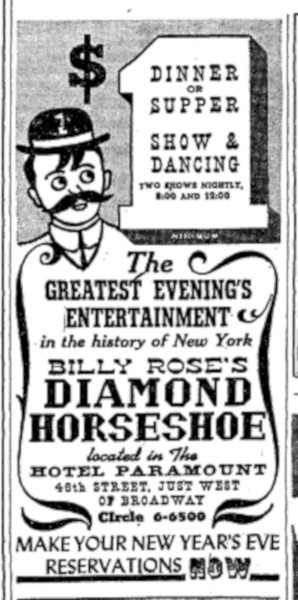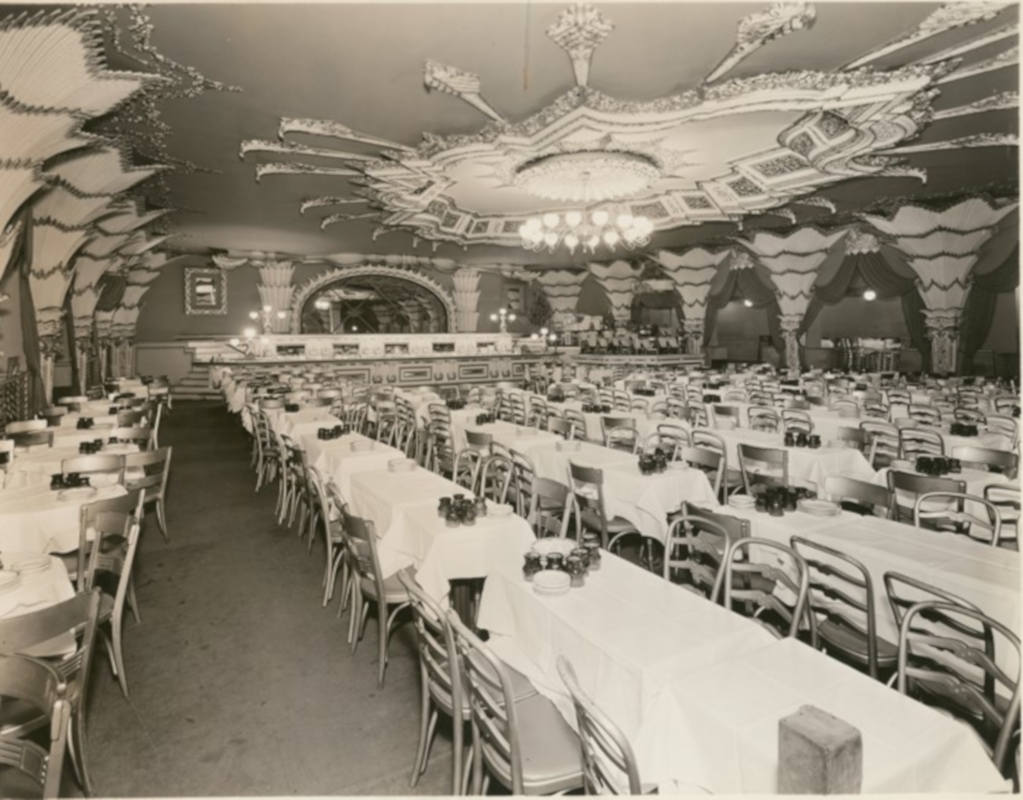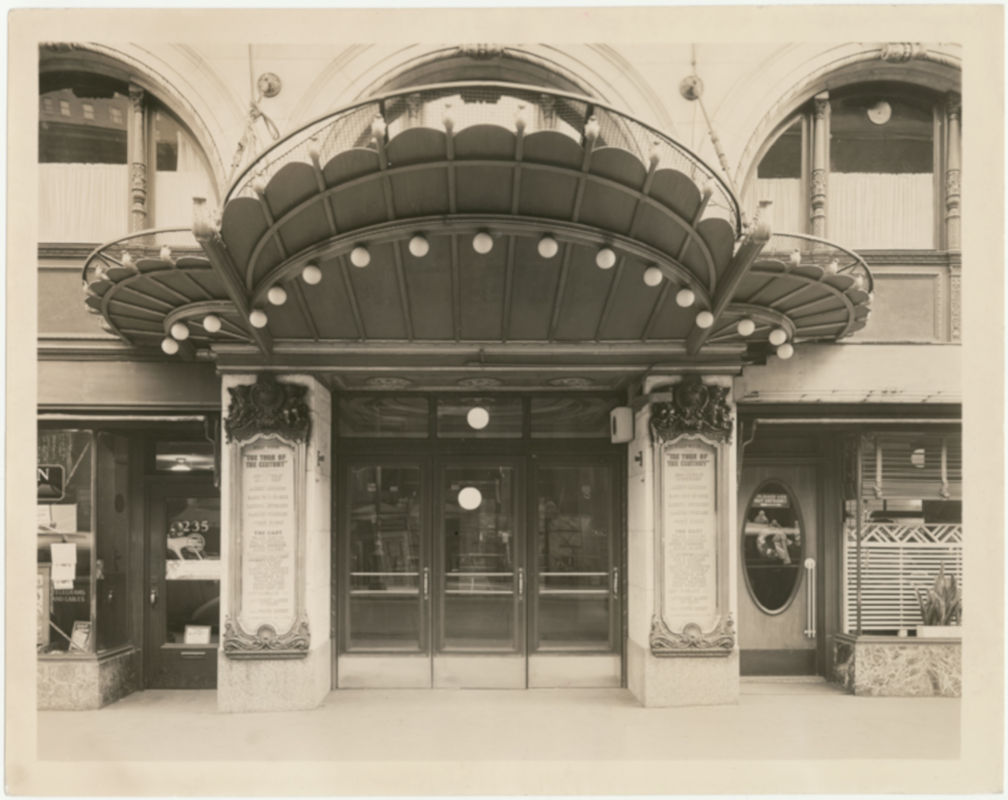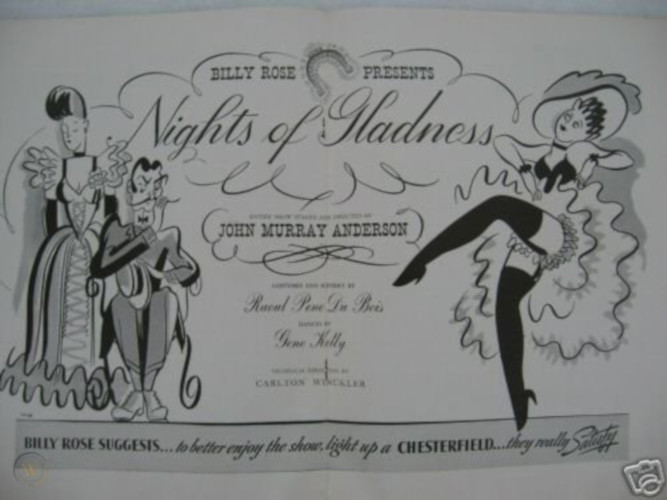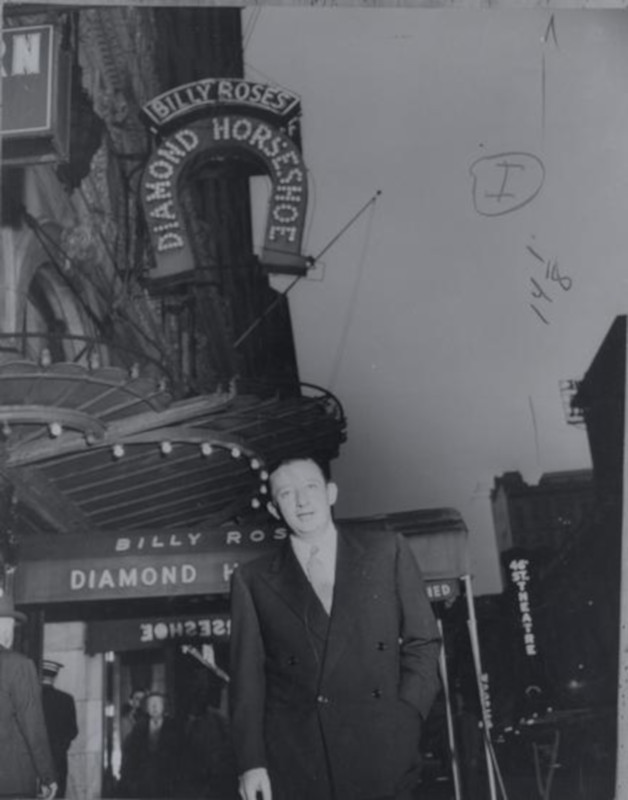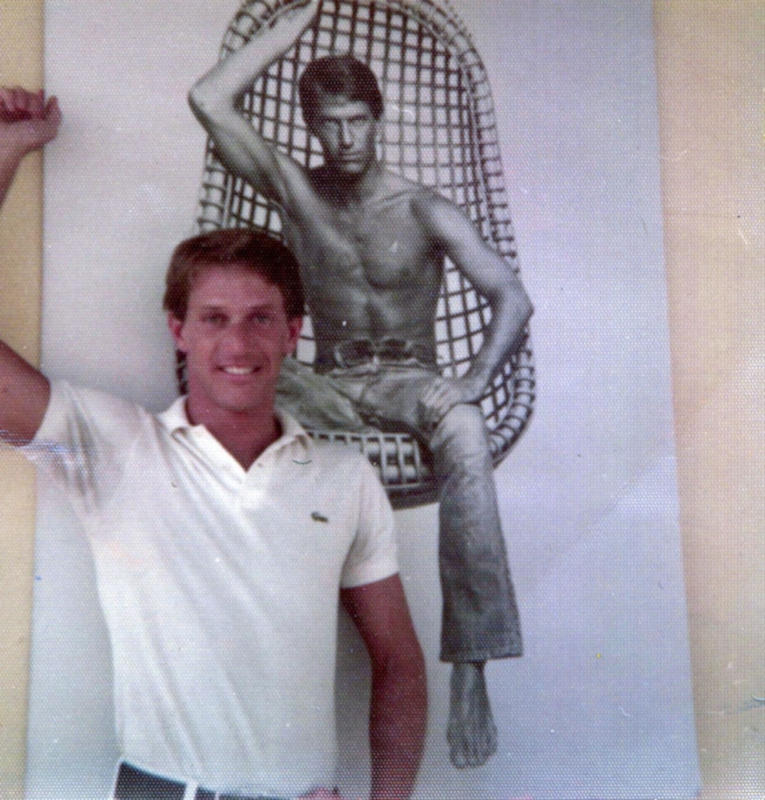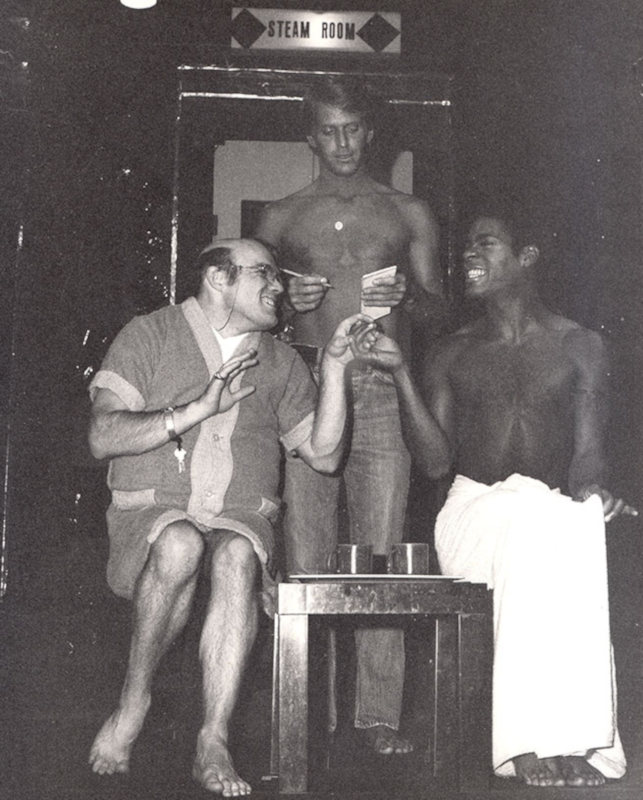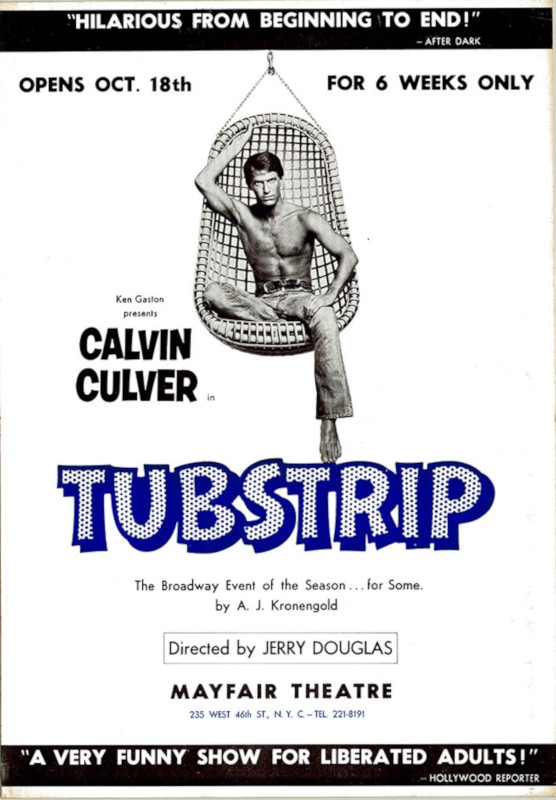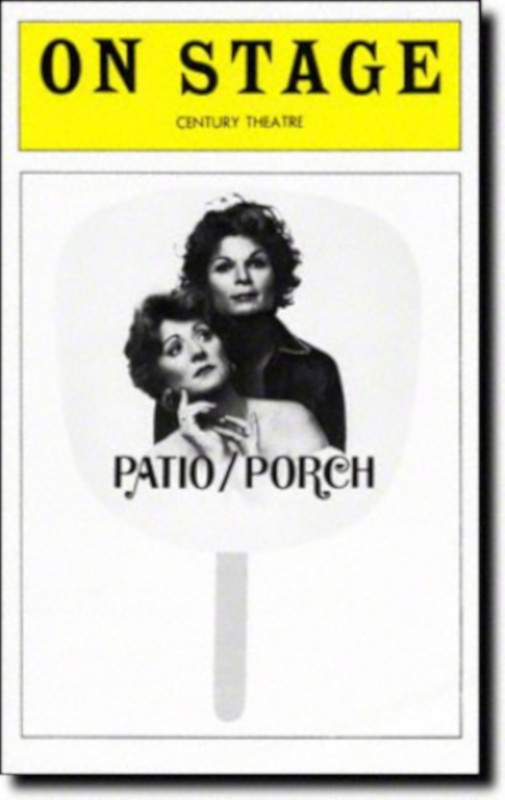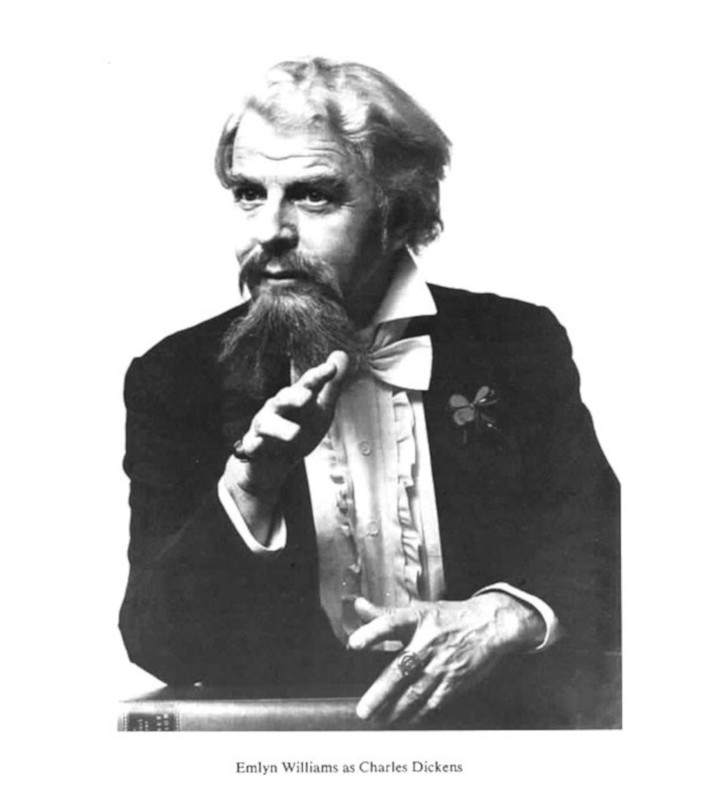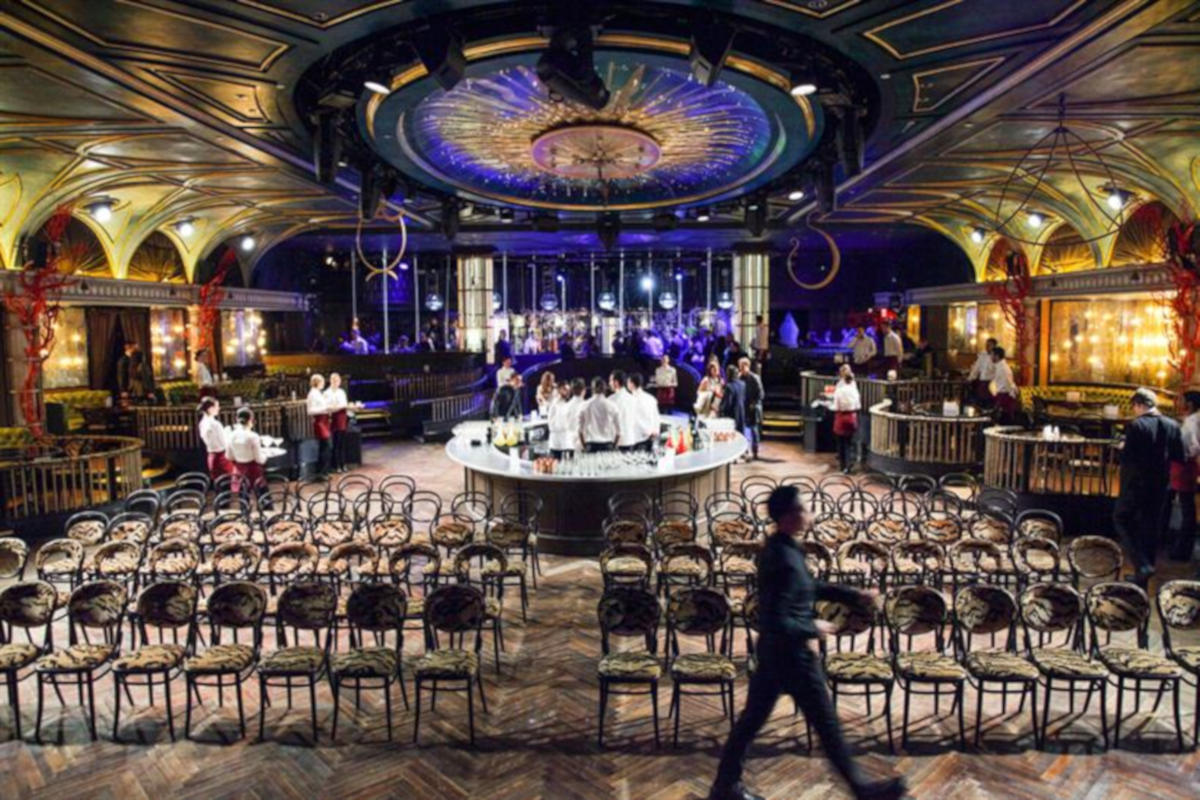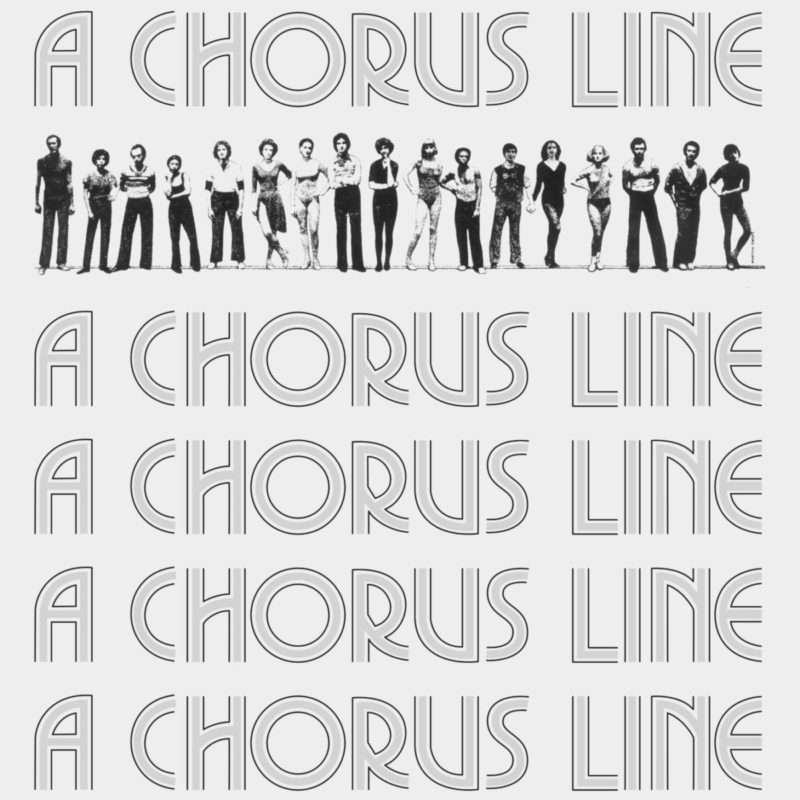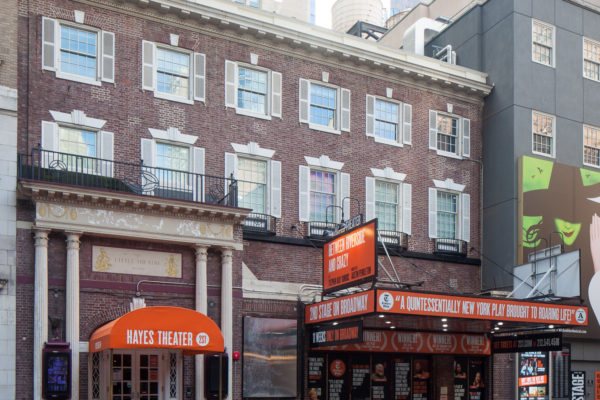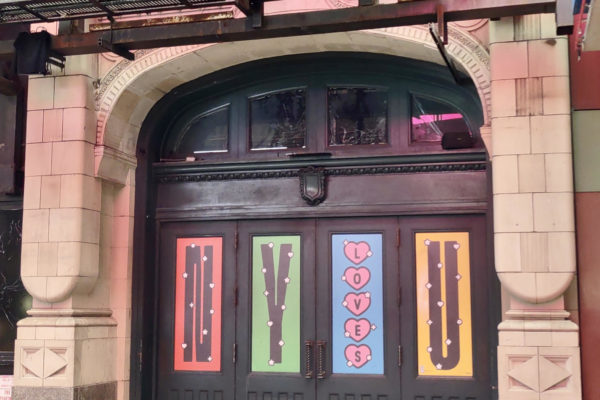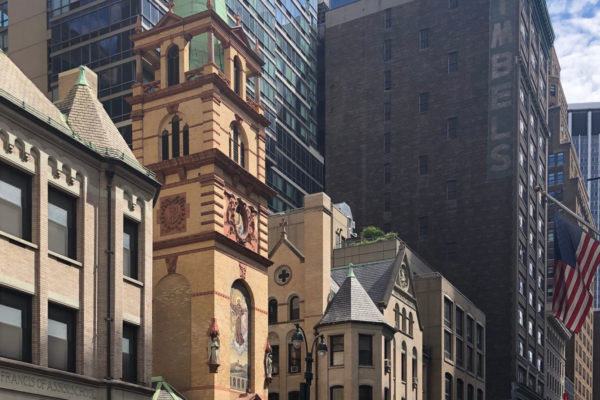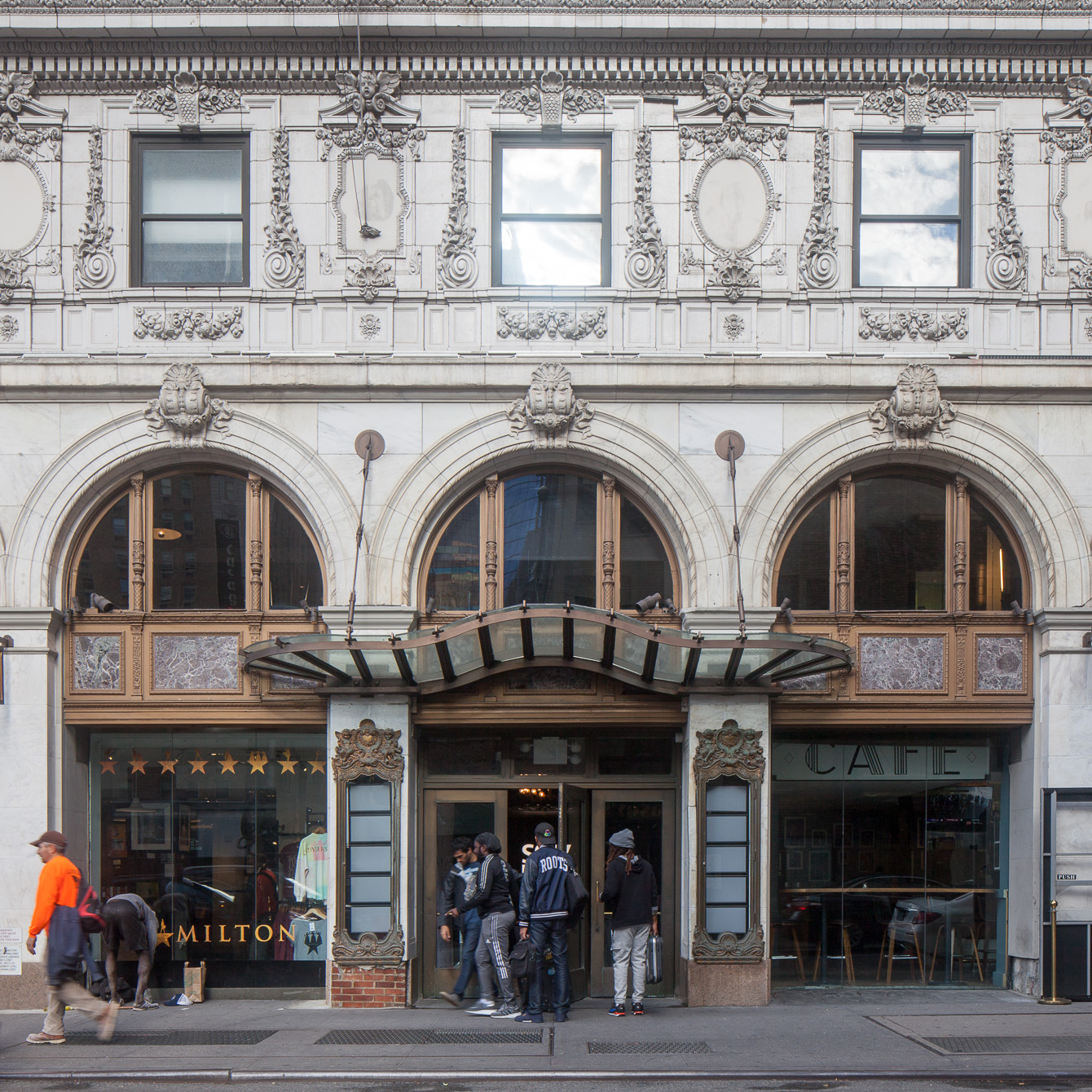
Billy Rose’s Diamond Horseshoe Nightclub
after opening as the Diamond Horseshoe in 1938 (in the basement of the Paramount Hotel), this site was renamed the Mayfair Theater in 1961, the Century Theater in 1978, the Diamond Horseshoe supper club in 2013, and Sony Hall 2020
overview
From 1938 to 1951, entertainment impresario Billy Rose operated one of New York City’s most opulent and successful nightclubs, the Diamond Horseshoe, in the basement of the Paramount Hotel in the Theater District.
As a club, and after 1961 when it became a theater, this was the site of several LGBT-associated shows.
On the Map
VIEW The Full MapHistory
In December 1938, entertainment impresario Billy Rose opened the Diamond Horseshoe, one of New York City’s most opulent and successful nightclubs, in the former Grill Room in the basement of the Paramount Hotel in the Theater District. It was decorated by theater designer Albert Johnson. Intended to evoke a “Gay ‘90s” atmosphere, Rose staged elaborate, nostalgic revues here, complete with scantily-clad showgirls, until 1951.
The first two Diamond Horseshoe revues were The Turn of the Century (1938-39), a tribute to the era of businessman Diamond Jim Brady and actress Lillian Russell, and Nights of Gladness (1940-41), a look at the decade after 1905. Both revues featured costumes by preeminent designer Raoul Pene Du Bois, who also designed the sets for the latter. One of the performers in Nights of Gladness was Julian Eltinge, a big star on Broadway and in vaudeville, and who is often considered one of the greatest female impersonators in history. During the run of this show, Eltinge died in his apartment at the Westmore, 333 West 57th Street.
After the nightclub closed, Irving Maidman transformed it into the Mayfair Theater in 1961. The diverse programming at the Mayfair included vaudeville, burlesque, Yiddish theater and films, and legitimate Off-Broadway and Broadway theater. One early LGBT-associated show was Hang Down Your Head and Die (1964), a revue about capital punishment, with actors Remak Ramsay, James Rado, and Gerome Ragni; the latter two would go on to write the musical Hair (1967).
The Mayfair was later the location of the Broadway production of the play Tubstrip (1974), a comedy set in a gay bathhouse, which ran for five weeks. Directed by Jerry Douglas (who also wrote it but under the pseudonym A.J. Kronengold), it was the most popular and successful of the post-Stonewall plays that have been dubbed “gay erotic theater” from 1969 to 1974. It premiered in 1973 at two Off-Broadway theaters, then toured in eight cities over nine months, before opening at the Mayfair.
By the producer’s own estimate, Tubstrip played approximately 500 performances to an audience of 50,000. … this remarkably successful play is emblematic of a significant moment in gay culture, when the fall of stage censorship and the rise of the sexual revolution and gay liberation created an unprecedented surge of gay erotic theatre.
At the Mayfair the play starred Calvin Culver, better known as gay pornstar Casey Donovan of the pioneering films Boys in the Sand (1971) and The Back Row (1973), and also included actors Michael Kearns, Gerald Grant, and Eddie Rambeau.
This theater became the Century Theater from 1978 to 1982. Two shows here with LGBT performers were Patio/ Porch (1978), with Fannie Flagg, and the revival of Emlyn Williams as Charles Dickens (1981), starring Emlyn Williams.
The space then ceased to function as a theater and remained mostly vacant. In April 1987, after the funeral of Andy Warhol at St. Patrick’s Cathedral, a memorial luncheon was held at the former theater. In 2013, it was renovated under owner Aby Rosen, and reopened as the Diamond Horseshoe supper club with the show The Queen of the Night, with costumes by Thom Browne.
It is currently operated as Sony Hall.
Entry by Jay Shockley, project director (June 2019).
NOTE: Names above in bold indicate LGBT people.
Building Information
- Architect or Builder: Thomas W. Lamb (Paramount Hotel); Albert Johnson (Diamond Horseshoe)
- Year Built: 1927-28 (Paramount Hotel); 1938 (Diamond Horseshoe)
Sources
Grace Glueck, “Warhol is Remembered by 2,000 at St. Patrick’s,” The New York Times, April 2, 1987, B10.
Internet Broadway Database.
Jordan Schildcrout, “Legitimate: Jerry Douglas’s Tubstrip and the Erotic Theatre of Gay Liberation,” The Journal of Drama and American Theatre, Fall 2017.
Julian Eltinge obituary, The New York Times, March 8, 1941, 19.
“News of Night Clubs,” The New York Times, May 12, 1940, 134.
Sam Zolotow, “Revue Announces New Price Setup,” The New York Times, September 18, 1964, 26.
Sam Zolotow, “Theater Tickets Hold Price Line,” The New York Times, August 13, 1963, 24.
“Theater Operations Face License Quiz,” The New York Times, December 22, 1965, 25.
Theodore Strauss, “News Notes of the Night Clubs,” The New York Times, January 1, 1939, 96.
Theodore Strauss, “Night Club Notes,” The New York Times, October 23, 1938, 162.
“‘Tubstrip’ to Open at the Mayfair,” The New York Times, September 29, 1974, 54.
William Grimes, “Sudden Acts of Subterranean Intimacy,” The New York Times, December 27, 2013, C1.
Do you have more information about this site?
This project is enriched by your participation! Do you have your own images of this site? Or a story to share? Would you like to suggest a different historic site?
